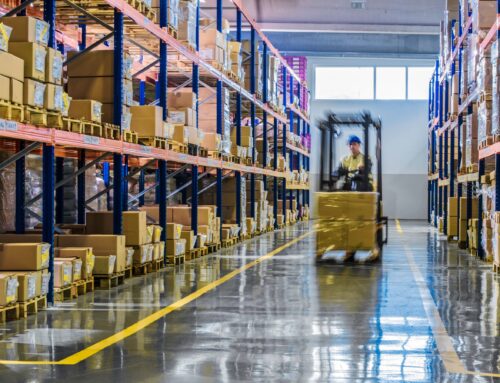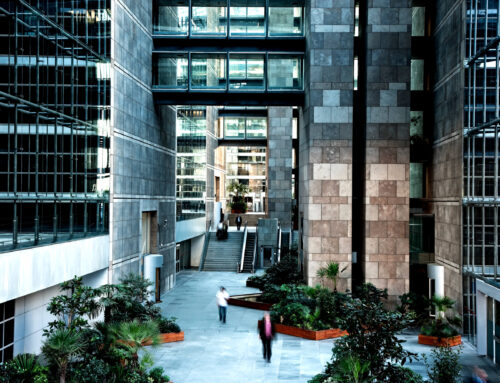Licensed vs. License Free Video Surveillance Software
The software that powers video surveillance systems can be classified into two categories: Licensed and License Free Software.
Licensed software is often created by a manufacturer whose primary business model is selling such software on a per camera basis with commercial off-the-shelf servers. License free software is generally included by manufacturers whose primary aim is to sell recorders with the free software as an added incentive.
The primary difference between the two categories is whether each camera requires a license/Cost-Per-Camera to be added to the system.
Thus, the type of software used causes a significant variation in pricing when comparing two proposals. Unfortunately, the true differences between the software powering these systems is often poorly explained and only realized after the system is operational.
This article provides an in depth comparison of licensed vs. license free software features in relation to video surveillance systems.
Although not always the case as it varies with manufacturers, the following features are what is generally included with each respective software option.
Camera Surveillance Systems With License Free Software:
Positives (License Free) |
Negatives (License Free) |
|---|---|
| Basic Live View: Creates a live view of all your cameras at once | Maximum Camera Limit: A maximum of roughly 64 cameras. However, this varies depending on the manufacturer and resolution quality. |
| Basic Playback: Allows you to search and play video clips by date and time. | Simultaneous Access Limited: A limit of roughly 10 simultaneous users accessing Live View and Playback at once, which can create issues with larger systems. However, this can also vary by manufacturer. |
| Remote Access: Access to your system from computers and mobile phones and off-site. | Lack of Integrations and Customizations: License free software systems lack the extended features and integrations mentioned below in a licensed software system. |
| No Extra Payments Per Camera: All software required for functioning is already included free of charge. |
Camera Surveillance Systems With Licensed Software:
Positives (Licensed) |
Negatives (Licensed) |
|---|---|
| Better User Interface For Live View, Playback and Remote Access: Although the core features are the same between licensed and license free, the interface in licensed software is typically more refined. | Requires a License Per Camera: License fees vary from a one-time perpetual license to a recurring annual license, depending on the manufacturer of the system and the level of support required. Overall these licenses can add $200-$500 in cost PER CAMERA compared to a license free system. |
| Better Playback: On free systems the playback is often cumbersome. On a licensed system it is easy to rapidly scroll through endless video footage. | |
| Audit Capabilities:Video evidence can contain sensitive confidential matters. In a licensed system, there is an audit trail of who logged in, when they logged in and what they viewed. | |
| Scalability (No Maximum Cameras): Unlike systems with free software, licensed software is infinitely scalable. Recording servers can be scaled to support an unlimited number of cameras. Live views can also be moved from a traditional computer screen to video walls and more. | |
| User Management (No Limits): Enterprise systems allow you to control login to the system through integrations with active directories and similar systems. Limitations for simultaneous users are often only restricted by network and processor limitations. Thus, they can be scaled for applications where many users need simultaneous access. | |
| Redundancy: Redundancy refers to the ability for a second server to automatically start when an initial server fails. This guarantees that critical events are not lost, even with technical difficulties. | |
| Integrations: Licensed systems allow you to connect to other systems like card access or intrusion. When searching for video events, you can include card access event times to speed up the process of narrowing down the correct footage. | |
| Analytics: Quantified tracking of events. This can include everything from someone crossing a property line, fire detection or even marketing analytics such as the number of store visits per day. | |
| System Health Monitoring: Receive alerts when cameras are down or storage drives are failing, before it is too late. This allows you to be notified as soon as issues arrive, rather than finding it when you go to playback footage later. | |
| Multi-Site: Connect multiple facilities in a ‘parent’ / ‘child’ architecture to view what is occurring across all your sites in one view. |
Which Software Type Do You Require?
This will, of course, depend on your requirements and applications. If you’re installing a small system only requiring playback when there is an occasional incident, then a free software system may be perfectly fine. On the other hand, if you require enterprise features, hundreds of cameras, or have a sufficient budget, licensed software will provide a higher quality system.
If you want to discuss your options and the benefits of both, reach out to Square Security here or call 416-460-7218 and we would be happy to recommend what system would work best for your application.








